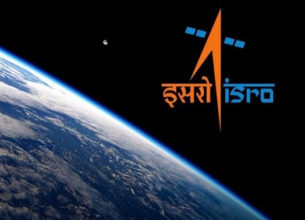Space Debris
Space Debris
Why in News?
- The Government of India has recently announced that 111 payloads and 105 space debris have been identified as Indian objects orbiting Earth.
Highlights
- All orbiting debris will affect the future of outer space and future missions. Indian Space Research Organization (ISRO) has also been carrying out several studies on the impact of growing space debris on the space environment.
- Space debris refers to man-made objects in Earth’s orbit that no longer serve a useful purpose. This includes defunct satellites, spent rocket stages, and fragments of debris from collisions or other events
- The floating space debris is a potential hazard for operational satellites and colliding with them can leave the satellites dysfunctional.
- This overpopulation of space with objects and debris is referred to as Kessler Syndrome.
- The accumulation of space debris in specific orbital regions can limit the availability of desirable orbital slots for future missions.
- The increasing amount of space debris makes it more challenging for satellite operators and space agencies to accurately track and predict the orbits of objects in space
- The Inter-Agency Space Debris Coordination Committee (IADC), an international governmental forum, was established in 1993 to coordinate efforts between spacefaring nations to address the issue of space debris.
- The United Nations has established the Committee on the Peaceful Uses of Outer Space (COPUOS) to develop guidelines for the long-term sustainability of outer space activities, including the mitigation of space debris.
- The European Space Agency (ESA) has launched the Clean Space initiative, aimed at reducing the amount of space debris and promoting sustainable space activities.








